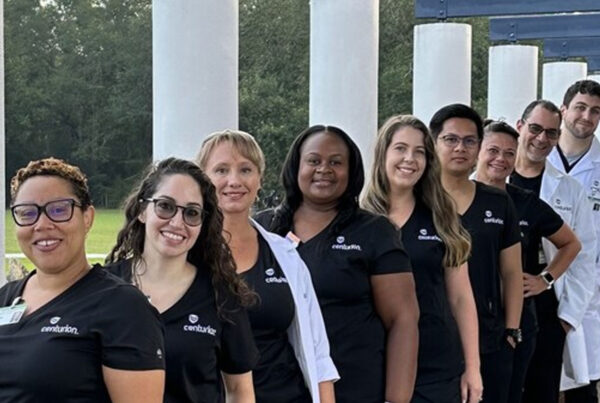Date: 05/12/2021
In February, the National Commission on Correctional Health Care issued a position statement on the Use of Humanizing Language in Correctional Health Care. Aligning with many other organizations and Centurion’s own dedication to serving some of the most vulnerable individuals in our nation, the position statement said in part:
Correctional health care professionals need to create a therapeutic relationship with their patients, beginning with treating each person with humanity and humility. Labels that do not center someone’s personhood can be stigmatizing and can be internalized by people in negative ways.
The position statement goes on to recommend for people who work in correctional facilities to “reframe historically stigmatizing language by using person-first language,” such as referring to someone as “an incarcerated person” rather than “an inmate” or “youth” rather than “juvenile offender.” Far from trying to police our language, the Commission is inviting everyone to see the whole person and pay attention to how we address the patients we serve.
If you suffer from something like diabetes or depression, think about the difference between being called “a diabetic” or being referred to as “someone who suffers from diabetes” or “someone who is managing their diabetes.” You are more than a disease or healthcare problem. Being addressed as a full person feels better than being defined by a label. NCCHC is asking us to treat our patients with the same humanizing language with which we would like to be addressed. Person-first language draws us together; stigmatizing labels pull us apart.
There is much to be done. As a small part of that, Centurion is in the process of updating policies, procedures, forms, guidelines, and other infrastructure to ensure we model person-first, humanizing language. Small shifts in how we talk to and about each other can make a big shift towards a more inclusive culture.

